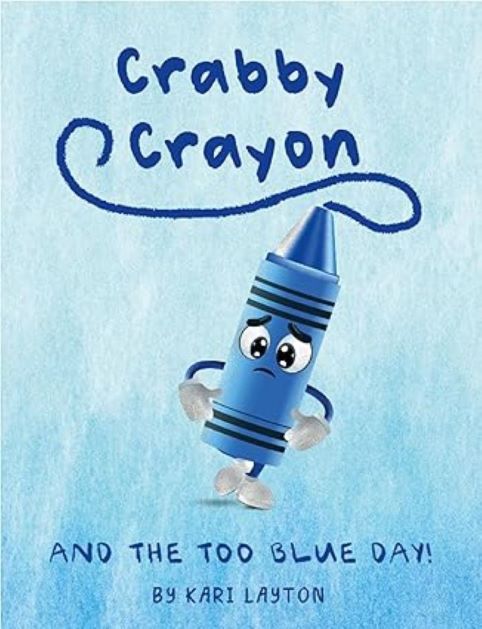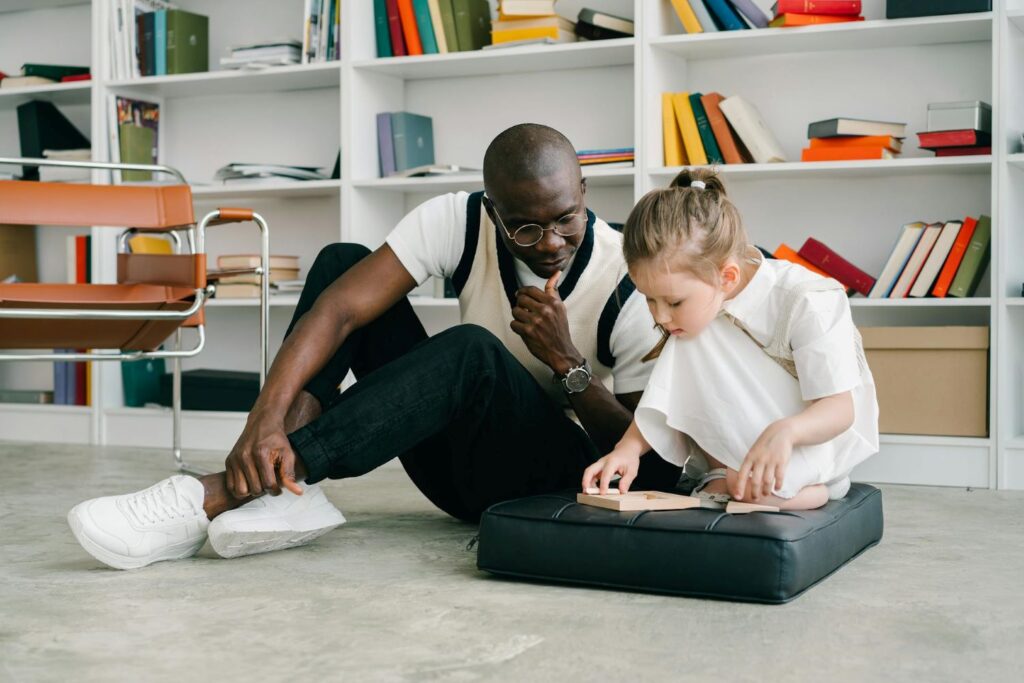Teaching empathy to a child with ADHD can be a challenge, but it’s absolutely possible with the right strategies. ADHD often comes with impulsivity, distractibility, and difficulty reading social cues, which can make understanding others’ emotions harder. However, with patience and intentional practice, you can help your child develop this essential life skill.
To help your child develop empathy, here are some practical strategies you can start using today:
1. Lead by Example
Children learn a lot from what they see, so showing empathy yourself is a powerful first step. When you acknowledge your own emotions and express how you feel in different situations, your child gets a direct example of how to do the same. Talk openly about how others might feel in different situations, and make sure to model compassionate behavior, like listening attentively or comforting someone upset.
2. Use Simple, Clear Language
Children with ADHD may struggle with long or complex explanations. When teaching empathy, use simple, clear language. Instead of saying “You need to understand how she feels,” try saying, “She looks sad because her toy broke. How would you feel if that happened to you?” This makes the concept of empathy more tangible and easier for your child to grasp.
3. Practice Role-Playing
Role-playing is a fun and effective way to teach empathy. Create scenarios where your child can take on different roles. For example, one day, your child can pretend to be a friend who’s upset, and you can play the role of someone comforting them. The next day, switch roles. This helps your child practice responding to others’ feelings in a safe, controlled way while building their emotional intelligence.
4. Break Down Social Situations
Children with ADHD often miss subtle social cues, such as body language or tone of voice. To help them better understand emotions, break down situations into smaller steps. For instance, if your child witnesses a friend getting upset, guide them through the moment by asking questions like, “What does their face look like? How is their voice?” This encourages awareness of others’ feelings and helps your child start to notice important emotional details.
5. Praise Empathetic Behavior
When your child shows empathy, whether it’s comforting a friend or acknowledging someone else’s feelings, praise their efforts. Positive reinforcement will encourage them to continue these behaviors. Be specific in your praise, such as “I’m proud of how you helped your friend feel better when she was sad.”

Conclusion
Teaching empathy to a child with ADHD takes time and practice, but it’s worth the effort. By modeling empathy, using clear language, and offering plenty of practice, you can help your child build important emotional skills that will last a lifetime.
For a great resource on teaching emotional understanding, Crabby Crayon: And the Too Blue Day! by Kari Layton is perfect. The book’s straightforward illustrations and the characters’ exaggerated facial expressions give young readers a clear window into the emotions of the characters. It’s an outstanding tool for helping kids explore their own feelings and empathize with others in a fun and engaging way!

